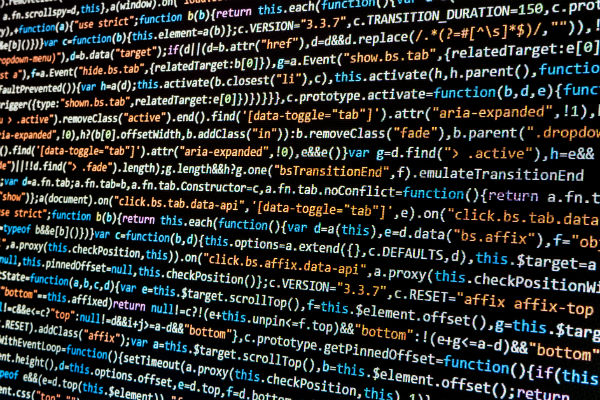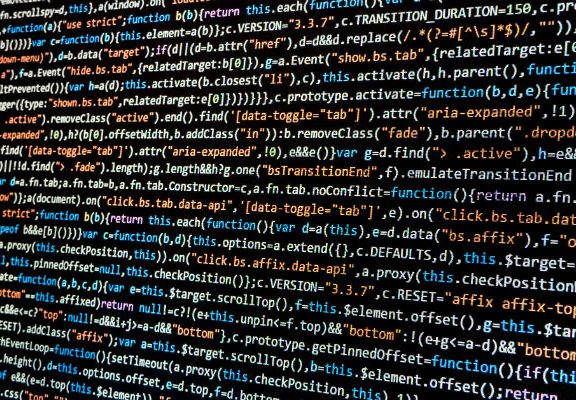

A Brief Explanation Of The Blockchain

The blockchain is a highly disruptive technology that promises to change the world as we know it. It is not only shifting the way we use the Internet, but it is also revolutionizing the global economy.
As most of you may be aware of by now, Bitcoin appeared in 2008 as an innovative peer to peer electronic cash system which enables online payments to be transferred directly without the use of a third-party intermediary. Now, while the Bitcoin system seemed exciting and innovative, what was really revolutionary was the mechanics behind how it worked, the technology that lay behind it, known as blockchain.
Bitcoin is merely the first and most well-known use of blockchain, although the technology has many other applications.
The blockchain is a type of distributed ledger or decentralized database where transactions are recorded and confirmed anonymously, recording events that are shared between many parties. Once the information has been entered, it cannot be altered. Instead of having a central administrator like a traditional database would have, a distributed ledger has a network of replicated databases synchronized through the internet that is visible to anyone within the network, which can be private (only accessible to members of the network) or public (accessible to any person in the world). When a digital transaction is carried out, it is grouped together in a cryptographically protected block that contains other transactions that have occurred within the last ten minutes, and then sent out to the entire network. The members of the network, known as “miners” then compete to validate the transaction through solving complex code problems. The first miner to solve the problem, validating the block, receives a reward.
The validated block of transactions is then timestamped and added to a chain in a chronological, linear order. New blocks of validated transactions are linked to older blocks, making a chain of locks that show every transaction made in the history of blockchain. The entire chain is continually updated so that every ledger in the network is the same, giving each member the ability to prove who owns what at any given time.
This comes with great security benefits since there is no way hacking attacks that usually go for large centralized intermediaries can take place in the blockchain, because if someone wanted to hack into a particular blockchain, the hacker would not only need to hack into a specific block, but also into all the proceeding blocks, going back the entire history of that blockchain. Not to mention that they would need to do it on every ledger in the network.
With this secure and trustworthy technology, hundreds of industries that rely on third-party intermediaries will be disrupted, think banking, insurance, finance, real estate, etc. The blockchain will allow more people and businesses to trade much more frequently and efficiently, boosting local and international trade at the same time as it eliminates intermediary fees.
The blockchain promises to democratize and expand the global financial system, giving people who have limited exposure to the global economy a better access to financial and payment systems with a stronger protection against corruption and exploitation.



